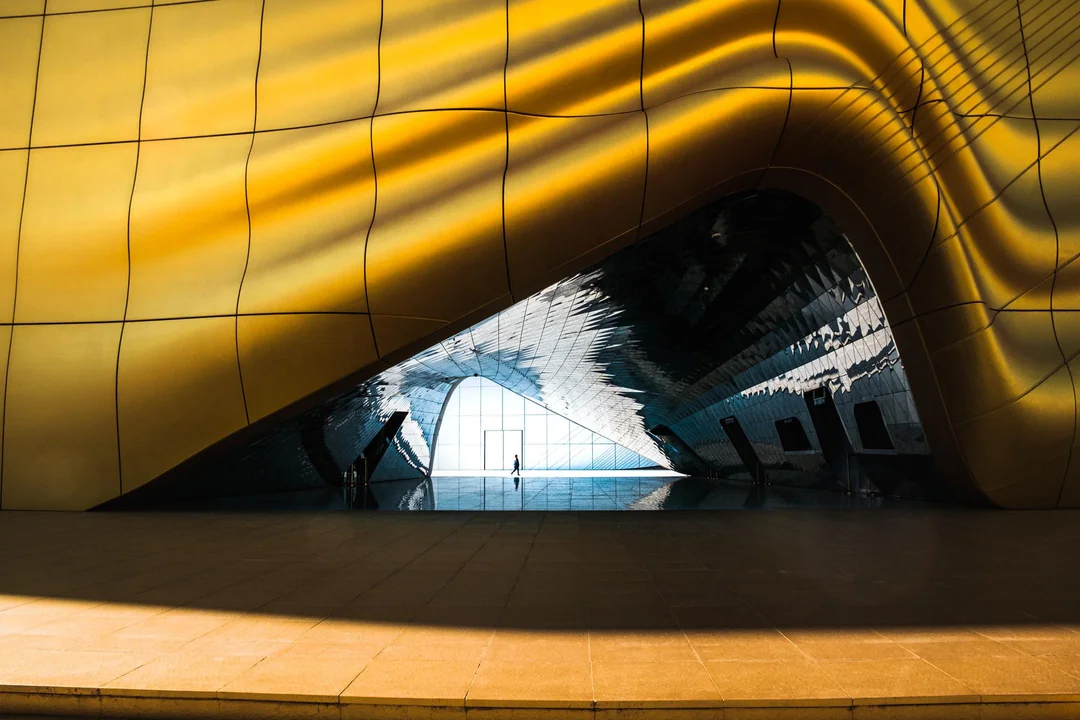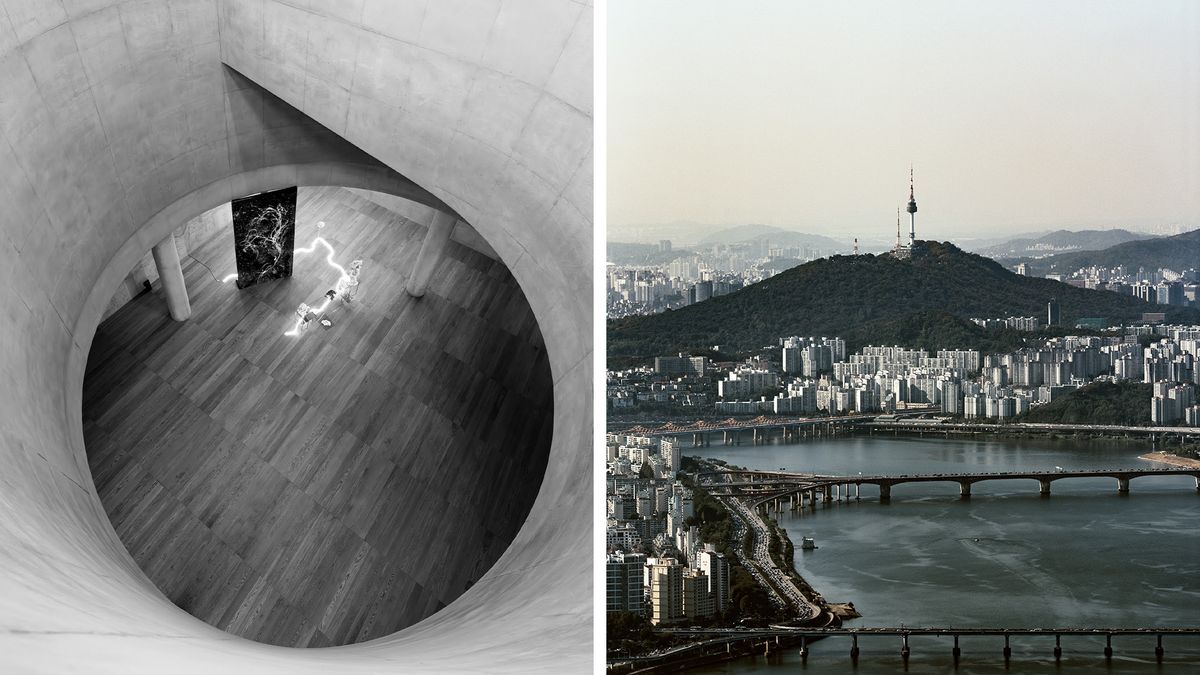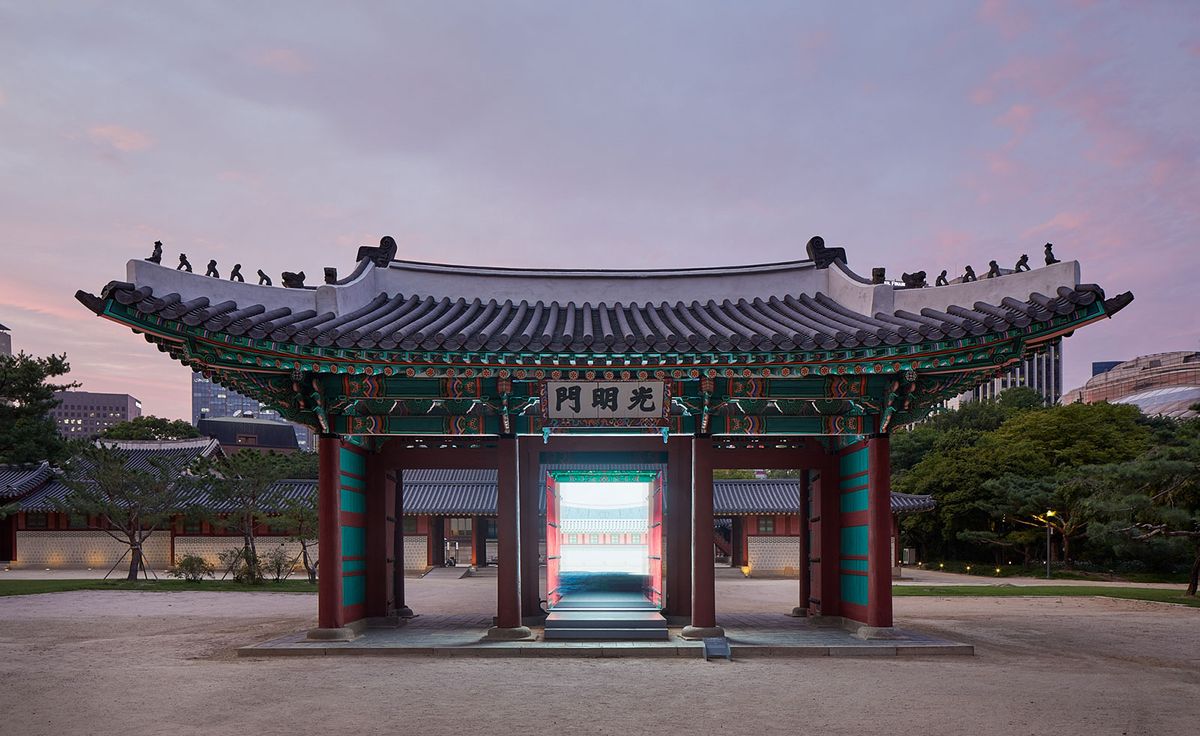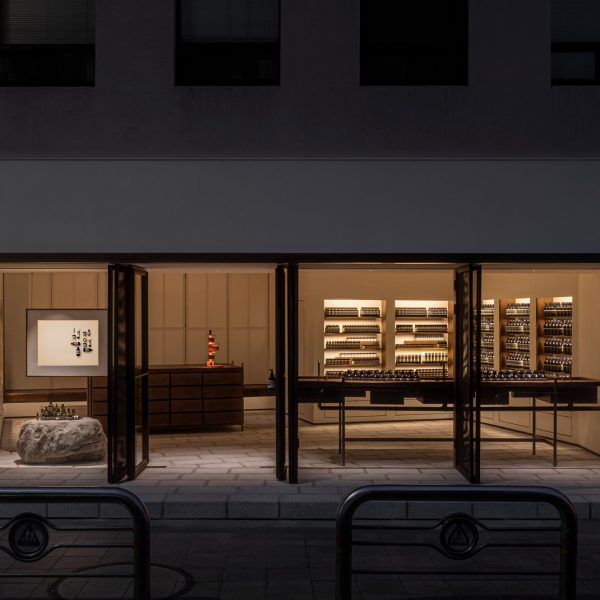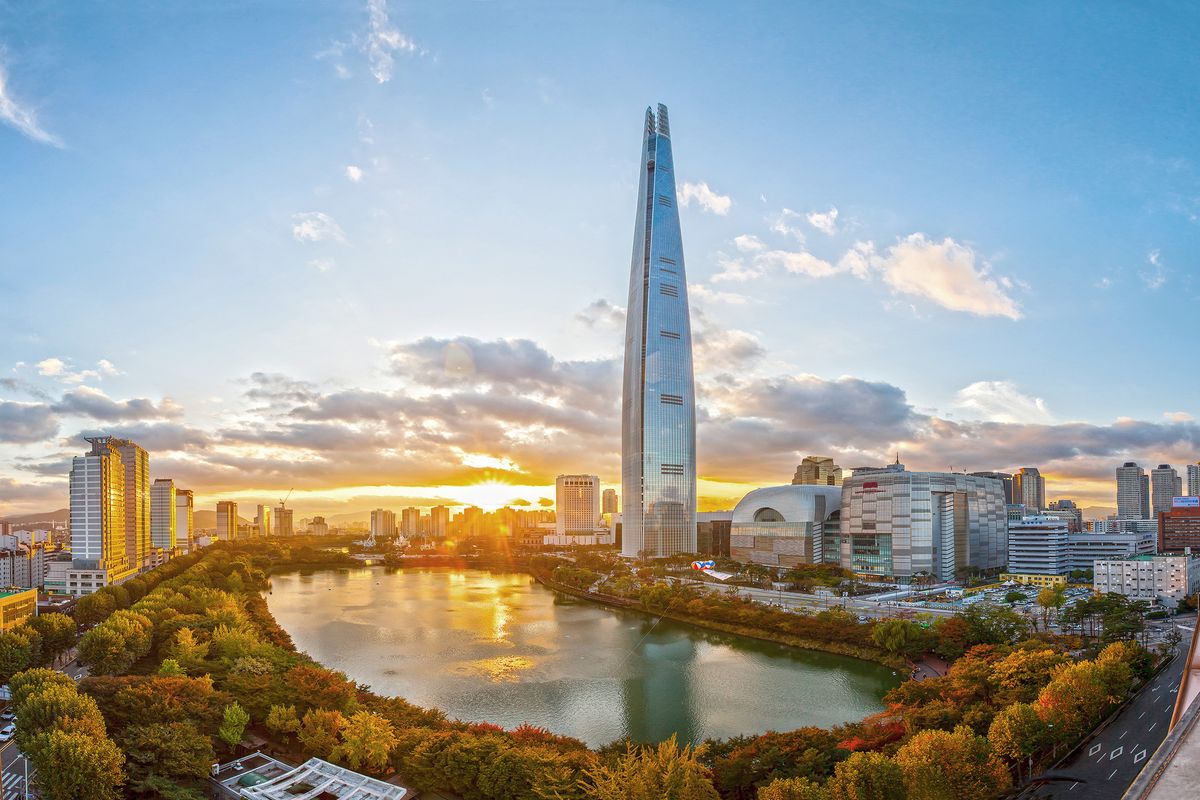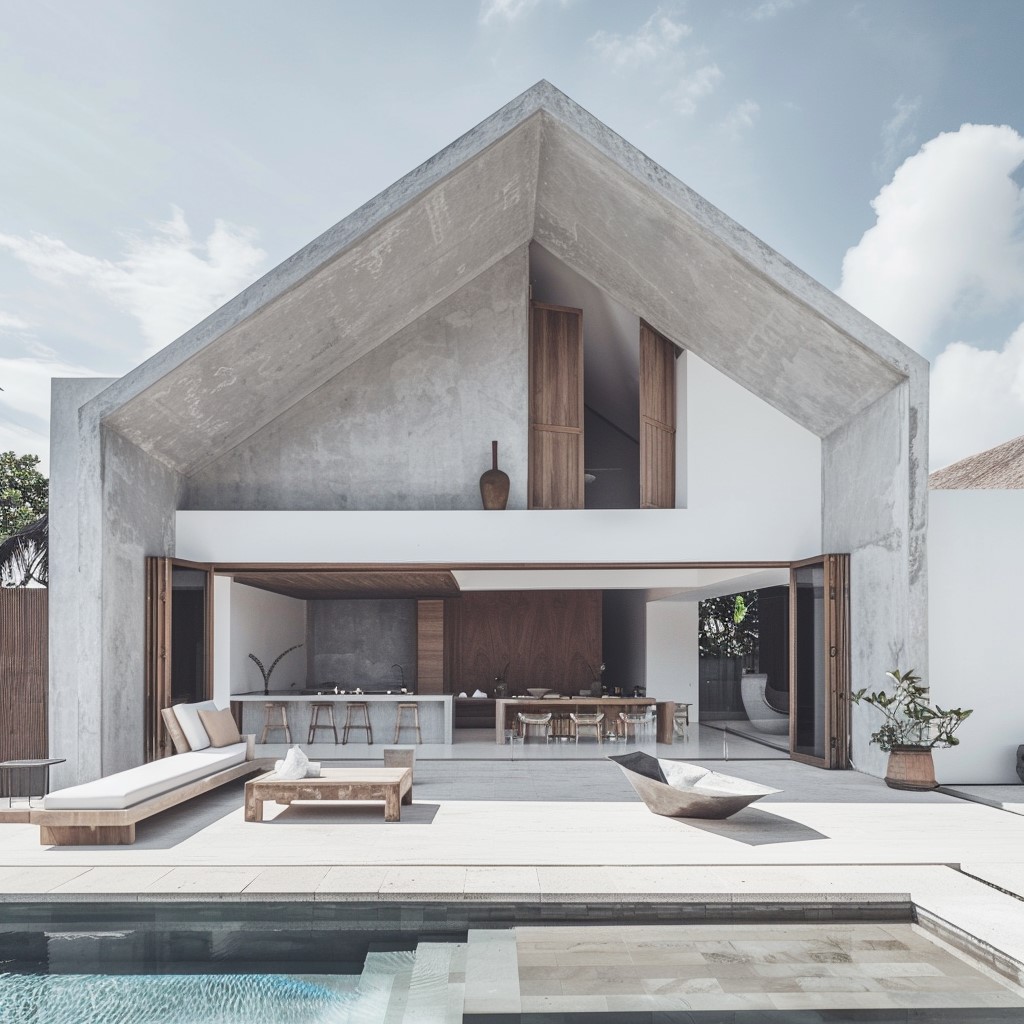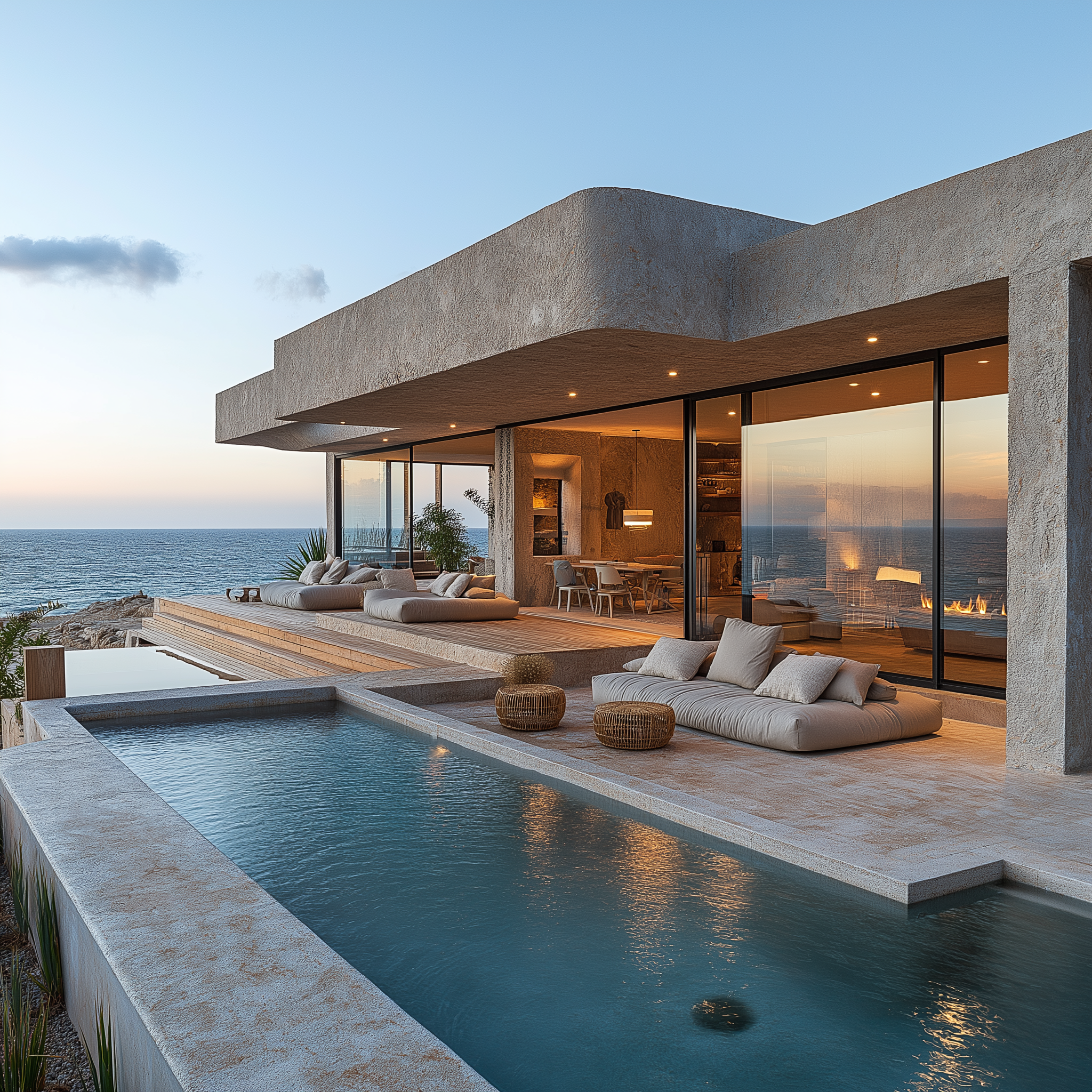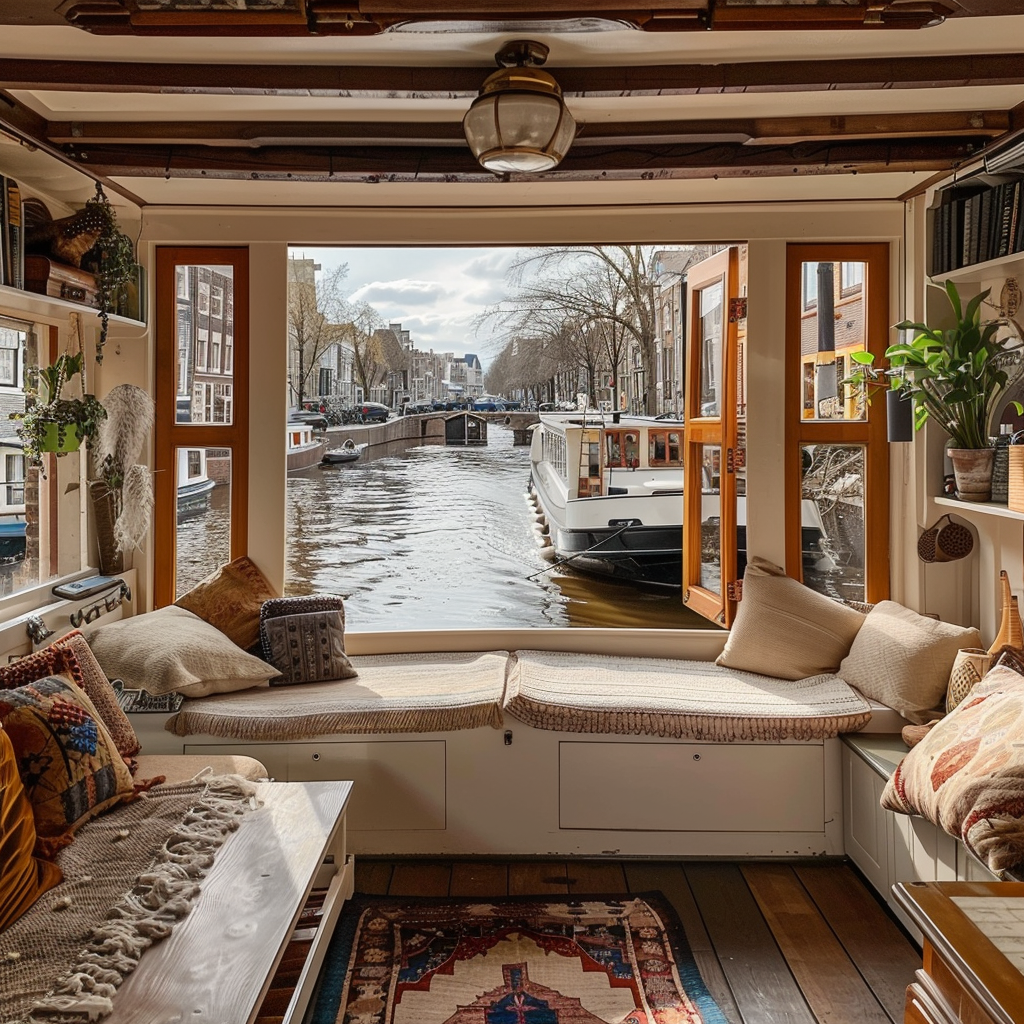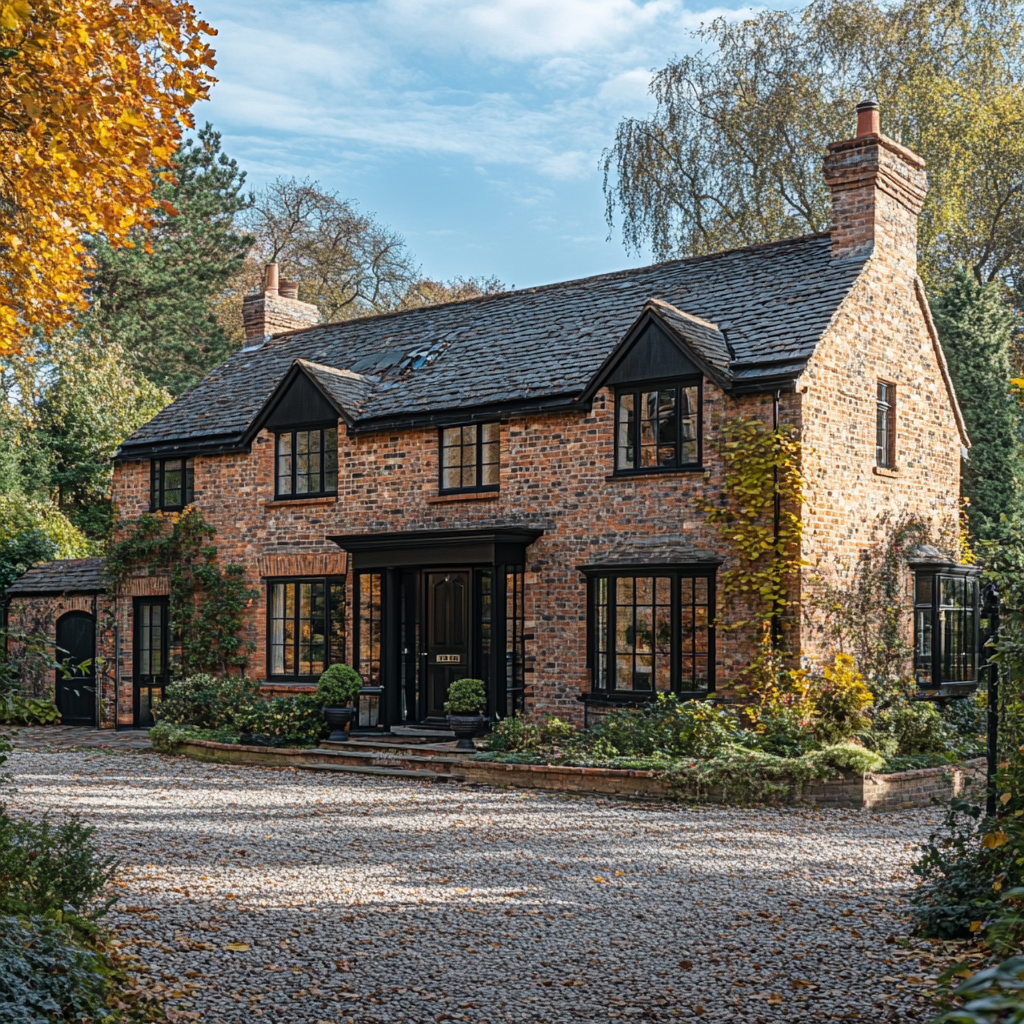Exploring the Seamless Integration of Traditional Grandeur and Cutting-Edge Design in South Korea’s Capital
Seoul, the city my wife calls home, embodies the spirit of resilience and progress. Its transformation from a war-torn nation to a global economic powerhouse reflects the indomitable spirit of South Korea. This spirit, coupled with a relentless pursuit of excellence, propels Seoul to the forefront of technological advancement while preserving its cultural heritage.
At the heart of Seoul’s dynamic urban landscape lies a delicate balance between honouring its historical legacy and embracing modernity. As a beacon of urban innovation, Seoul represents the epitome of a “ubiquitous city” or U-city, seamlessly blending contemporary design with heritage conservation principles amidst the rapid pace of global change.
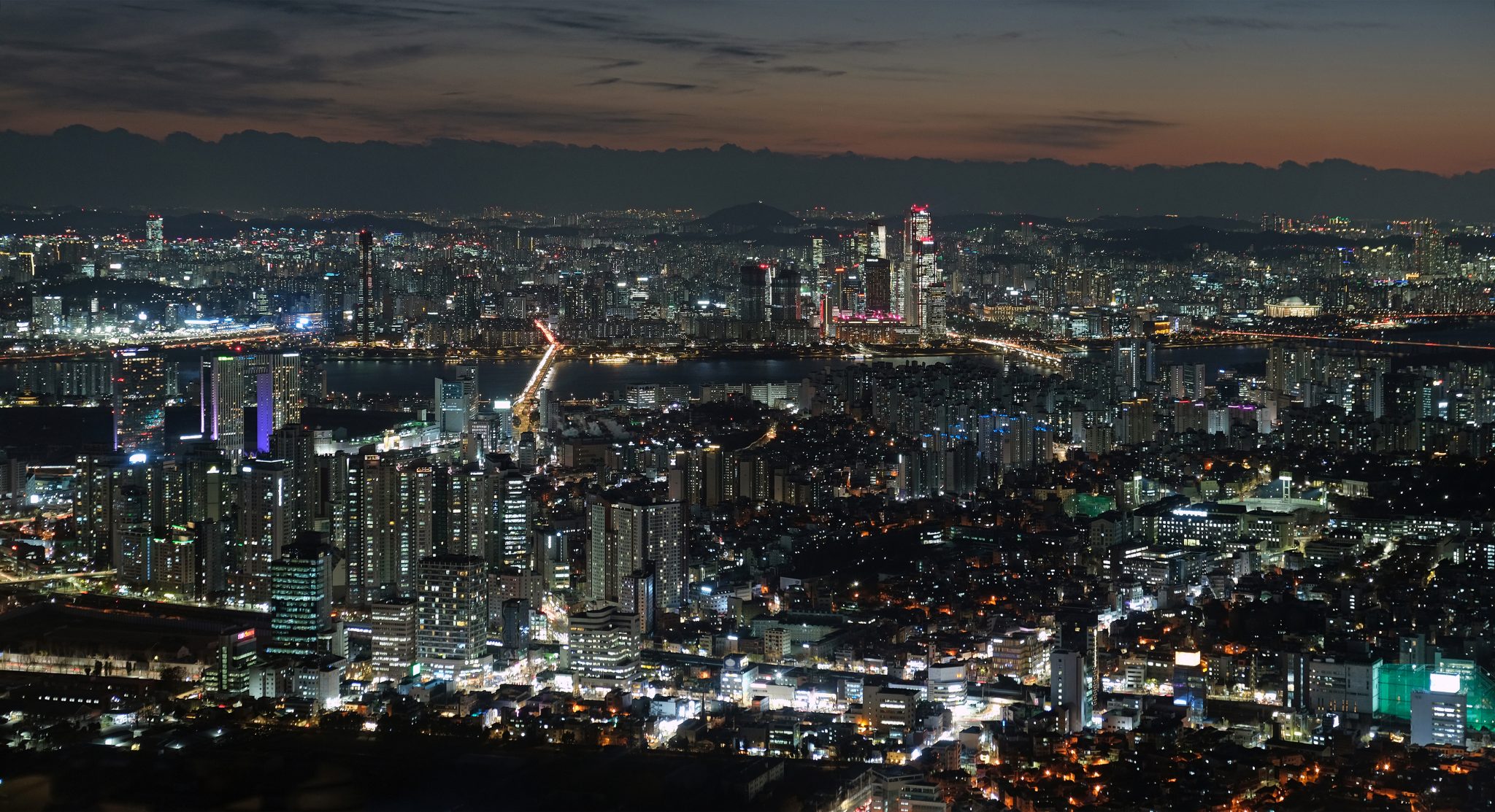
kallerna, CC BY-SA 4.0, via Wikimedia Commons
Embarking on a journey through Seoul’s architectural evolution unveils a tapestry woven with ambition and creativity. Landmark projects like the Dongdaemun Design Plaza stand as testaments to this fusion, where futuristic aesthetics are grounded in the city’s rich historical narrative.
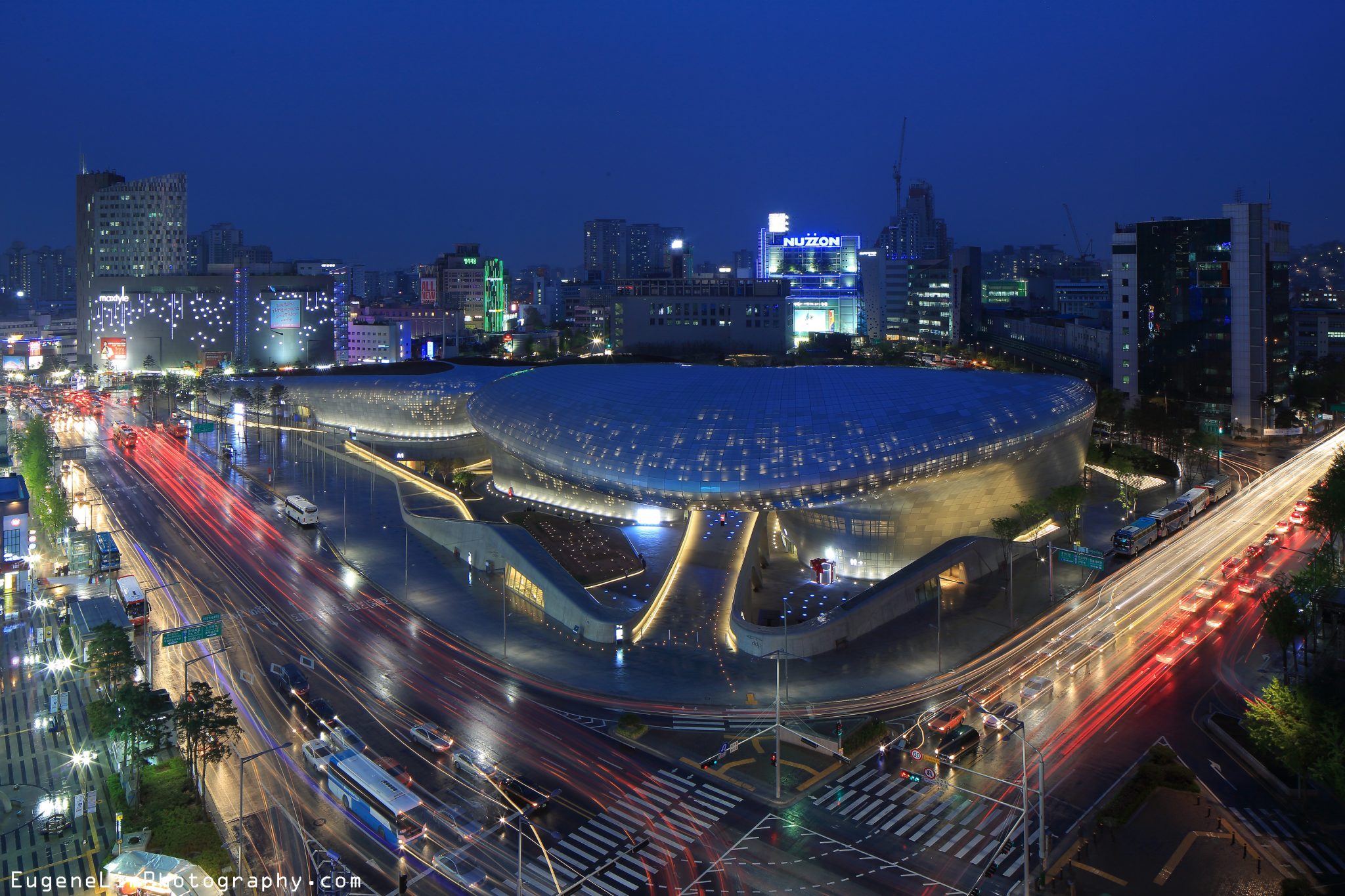
Eugene Lim, CC BY 2.0, via Wikimedia Commons
Historical sites like Gyeongbokgung and Changdeokgung palaces, along with the traditional yet modernized Bukchon Hanok Village, further enrich this landscape, showcasing a harmonious blend of majestic heritage and adapted contemporary living.

Cultural Heritage Administration, KOGL Type 1, via Wikimedia Commons

Gaël Chardon from Paris, France, CC BY-SA 2.0, via Wikimedia Commons
Seoul’s distinction as a World Design Capital underscores its commitment to pushing the boundaries of architectural innovation while preserving its cultural heritage. From revitalizing historic neighborhoods to integrating traditional Korean motifs into contemporary commercial spaces, Seoul’s architectural metamorphosis pays homage to its past while embracing the future. One such example is the recently unveiled Aesop store in Seochon, which seamlessly infuses traditional Korean architectural motifs into a contemporary commercial space. With its inviting open façade and nod to traditional Korean pavilions, this establishment serves as a testament to Seoul’s innovative approach to preserving cultural continuity through architectural innovation.
The National Museum of Korea, a crown jewel of Seoul’s cultural landscape, stands as a testament to the city’s rich heritage. Its grand architecture and vast collections offer a glimpse into Korea’s storied past, providing visitors with a deeper understanding of the nation’s cultural identity.
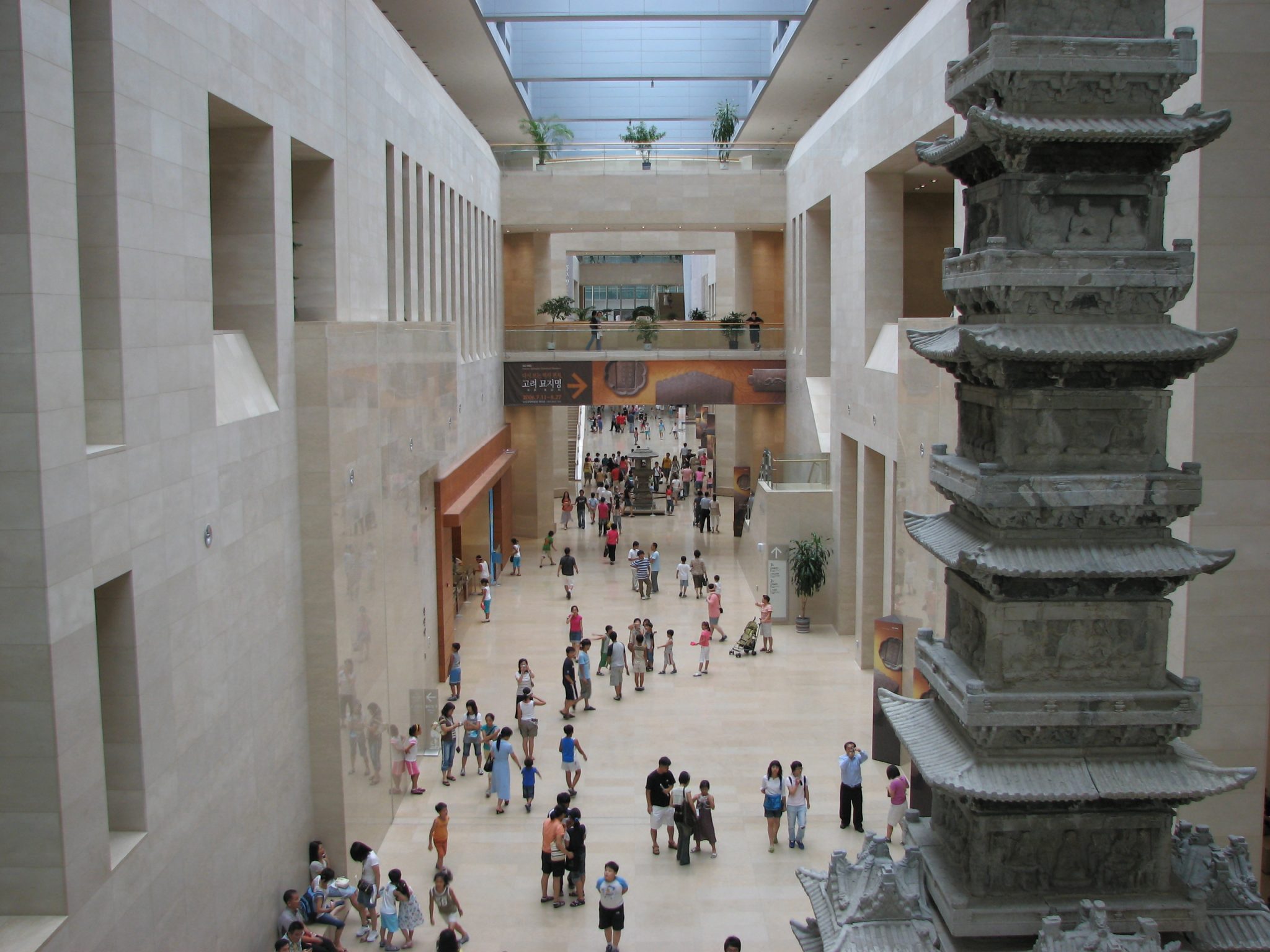
by Ian Muttoo, CC BY-SA 2.0, via Wikimedia Commons
However, this pursuit of progress is not without its challenges. Seoul’s rapid urbanization and economic growth have led to pressures on its cultural heritage and urban fabric. The city grapples with the task of balancing preservation with development, navigating a fine line between progress and conservation.
In response, Seoul has implemented pioneering policies in design intervention, aiming to harmonize the imperatives of urban progress with the preservation of its historical treasures. These initiatives seek to enrich the city’s urban fabric through the seamless integration of historical preservation and forward-thinking design solutions.
Moreover, Seoul’s unwavering commitment to technological integration in architecture is evident in transformative projects like the Lotte World Tower. Designed to not only redefine Seoul’s skyline but also incorporate state-of-the-art safety and sustainability features, it sets new benchmarks in building technology and environmental stewardship.
In essence, Seoul’s architectural landscape is a reflection of its remarkable journey—a narrative of a city that reveres its past while fearlessly embracing the future. Each architectural endeavor tells a captivating tale of Seoul’s perpetual evolution—a city that cherishes innovation without forsaking its rich historical tapestry. As Seoul continues to evolve, its architectural legacy, including the National Museum, will serve as a testament to its resilience, creativity, and enduring spirit.



